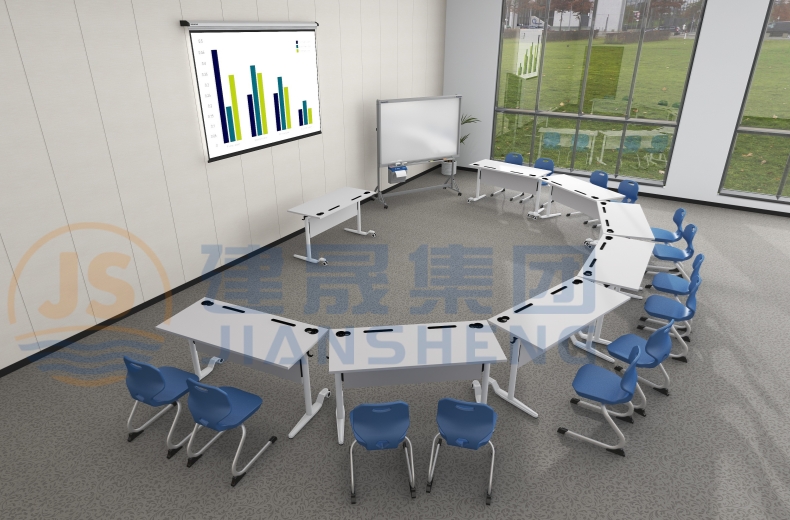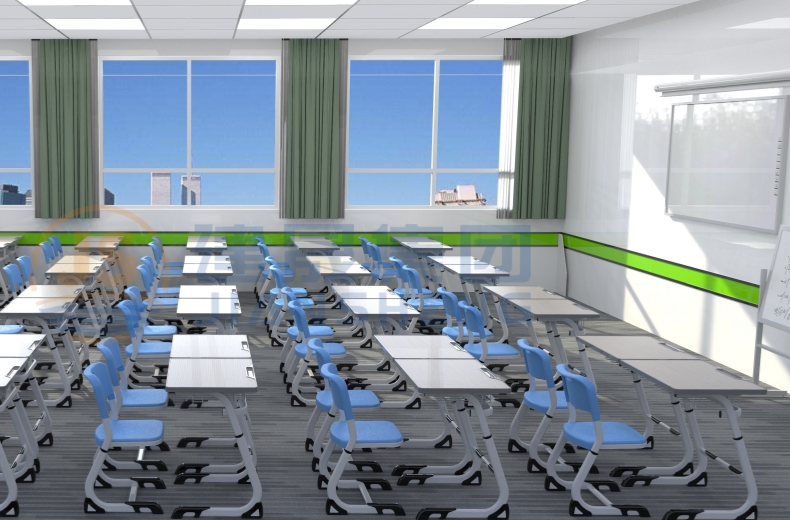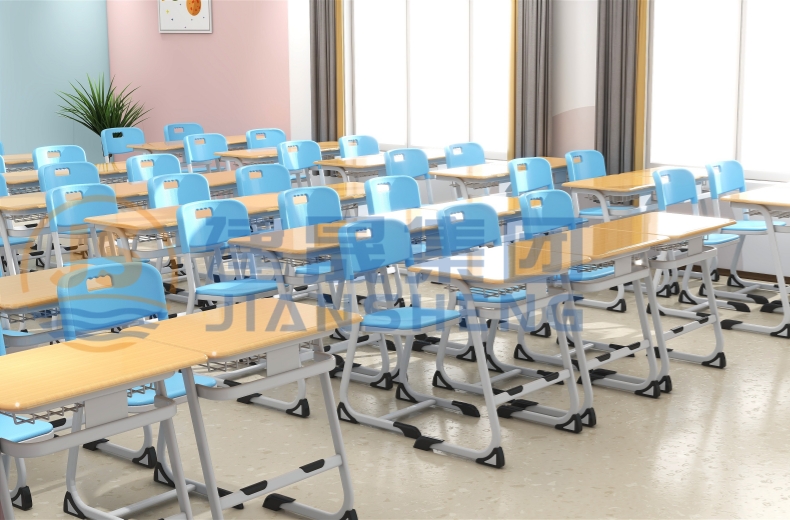- Home
- About Us
- Service
-
Solution
- Kindergarten Classroom
- Primary School Classroom
- Secondary School Classroom
- High School Classroom
- College Classroom
- Training Classroom
- Music Classroom
- Art Classroom
- Lecture Classroom
- Computer Classroom
- Library
- Principal Office
- Administration Office
- Meeting Room
- Reception Room
- Public Area
- Teachers' Office
-
Products
- Case Study
- News
- VR Designs
- Video Center
- JS Lab
- Contact Us

Guidelines for Adjustment and Operation of School Furniture in European and American Countries
2024-05-26 22:00
Ergonomic Standards: European countries place a strong emphasis on ergonomics, guided by comprehensive standards such as EN 1729, which specifies requirements for the dimensions and adjustment capabilities of school furniture. These standards ensure that desks and chairs are adjustable to accommodate students of different heights and body types, promoting proper posture and reducing the risk of musculoskeletal issues.
Inclusivity and Accessibility:Europe and America is a key focus, with guidelines ensuring that furniture can be easily adjusted for students with disabilities. Height-adjustable desks, flexible seating options, and easily movable furniture are standard features in many European schools, enabling an inclusive learning environment.

Teacher Training: Europe and America schools often implement mandatory training programs for teachers and administrative staff to ensure proper adjustment and operation of school furniture. These programs cover the correct methods to adjust desks and chairs, the importance of regular adjustments as students grow, and how to identify signs of discomfort among students.
Regular Inspections: Schools are required to conduct regular inspections to ensure that furniture remains in good condition and is properly adjusted. Maintenance teams are trained to make necessary adjustments and repairs, ensuring the longevity and safety of the furniture.

1. Adjustable Desks and Chairs: Both European and American schools are moving towards using fully adjustable desks and chairs, allowing for height and angle adjustments to suit individual students' needs.
2. Student Participation: Involving students in the adjustment process is encouraged, teaching them how to adjust their own desks and chairs to promote personal responsibility for their ergonomic well-being.
3. Flexible Classroom Layouts: Flexible classroom layouts that allow for easy reconfiguration of furniture support diverse teaching methods and activities. This flexibility is essential for creating dynamic learning environments.
4. Technology Integration: With the increasing use of technology in classrooms, guidelines also emphasize the importance of ensuring that furniture can accommodate various devices, providing ergonomic support for laptops, tablets, and other digital tools.

Guidelines for the adjustment and operation of school furniture in European and American countries reflect a shared commitment to ergonomics, safety, and inclusivity. While there are regional differences in specific standards and practices, the overarching goal remains the same: to create comfortable, supportive learning environments that cater to the diverse needs of students. As schools continue to evolve, adherence to these guidelines will be crucial in fostering healthy, effective educational settings.
Get the latest price? We'll respond as soon as possible(within 12 hours)







